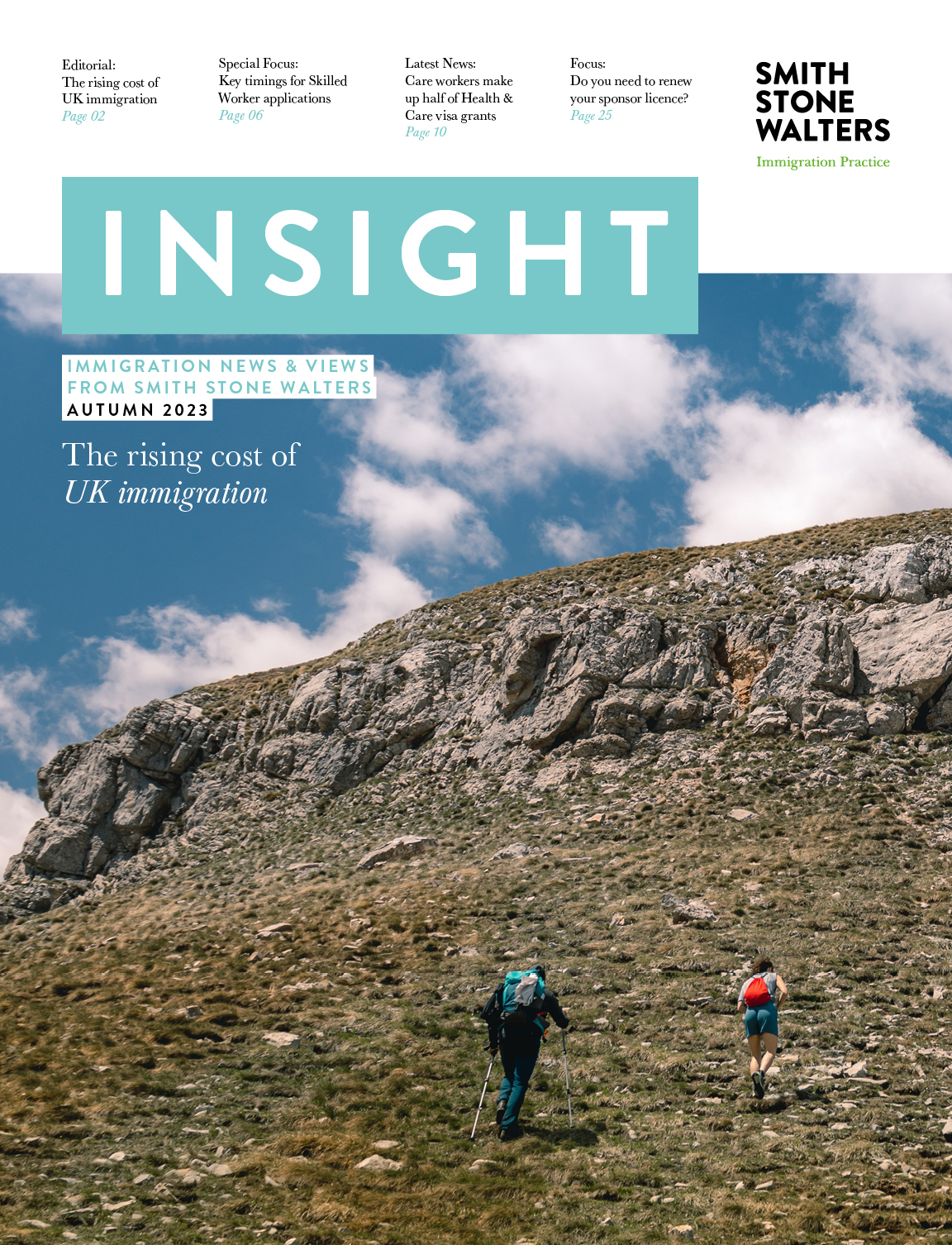India: A guide to the e-visa
An e-visa is a category of visitor visa which certain travellers can use to enter India for non-work purposes.
The application process for an e-visa is completed online, and successful applicants will be provided with an Electronic Travel Authorisation (ETA) which they can use to enter India at any of the designated air or seaports.
In this guide, we explain who is eligible to apply for an e-visa and outline the application process.
Who can apply for an e-visa?
There is a list of 170 countries and territories whose citizens may be eligible to apply for an e-visa to travel to India for a short-term visit. The e-visa is designed for individuals who wish to visit India for the following reasons:
- Recreation and sightseeing
- Visiting friends and family
- Short term yoga programmes or short term courses on local languages, music, dance, arts & crafts, cooking, medicine etc. (courses must not exceed six months in duration and must not issue a qualifying certificate or diploma to the participants)
- Voluntary work of short duration (for a maximum period of one month, not involving any monetary payment or consideration of any kind in return)
- Medical treatment, including treatment under Indian systems of medicine
- As an attendant to an e-Medical visa holder
- Business activities such as attending meetings
- Attending a conference, seminar or workshop.
What types of e-visa are available?
There are five subcategories of e-visa, depending on the purpose of your visit. The categories include:
- e-Tourist (available for grants of 30 days, one year or five years)
- e-Business
- e-Medical
- e-Medical Attendant
- e-Conference
E-visa validity and conditions
Depending on which category is granted, an e-visa usually allows its holder to stay continuously in India for a period of between 90 – 180 days from the date of arrival. However, certain categories such as the e-Conference visa only allows for a validity of 30 days from the date of arrival.
It is important to note that different categories of e-visa have different entry allowances. Some categories will allow the holder to enter India only once, whereas other categories allow for multiple entries during the validity period of the visa.
Multiple entry is permitted under the e-Tourist and e-Business visa categories. The e-Medical and e-Medical Attendant categories permit a triple entry, whereas the e-Conference category only permits a single entry.
Applicants should also note the following:
- You will need to hold a passport with at least six months’ validity remaining at the point of application for an e-visa.
- The supporting documents required for your application depends on the category in which you are applying.
- Biometric details of the applicant will be mandatorily captured at Immigration on arrival in India.
- An e-Visa can be obtained for a maximum of three times in each calendar year (January to December).
- E-Visas are non-extendable and non-convertible.
Arriving at the border
Applicants who successfully obtain an e-visa to visit India may arrive at any of the following 28 designated Airports:
- Ahmedabad,
- Amritsar,
- Bagdogra,
- Bengaluru,
- Bhubaneshwar,
- Calicut,
- Chennai,
- Chandigarh,
- Cochin,
- Coimbatore,
- Delhi,
- Gaya,
- Goa,
- Guwahati,
- Hyderabad,
- Jaipur,
- Kolkata,
- Lucknow,
- Madurai,
- Mangalore,
- Mumbai,
- Nagpur,
- Port Blair,
- Pune,
- Tiruchirapalli,
- Trivandrum,
- Varanasi
- Visakhapatnam,
Or any of the following five designated seaports:
- Cochin
- Goa
- Mangalore
- Chennai
- Mumbai
Applicants can depart from any of the Indian Immigration Check Posts (ICPs).
How to apply for an e-visa
The application can be filed online and it can take up to 72 hours to receive a decision. Applicants from eligible countries and territories should apply at least four days before their arrival date.
The application process consists of the following steps:
- Apply online – Applicants will need to upload a photo and their passport
- Pay the application fee – The fee can be paid online using a credit or debit card
- Receive a decision – Successful applicants will be sent an Electronic Travel Authorisation (ETA) to their e-mail
- Travel to India – E-visa holders will need to print their ETA and present this at the Immigration Check Post where e-visa will be stamped on the passport
More information on e-visas and how to apply can be found on the Indian government website here.
Advice on travelling to India
If you are travelling to India for tourism or business purposes and want to know your visa options, Smith Stone Walters can help.
Our team is based in global offices in London, Mumbai, Hong Kong and New York, so wherever you are in the world, our immigration experts can provide support.
To speak to a member of the team, please contact us today.










